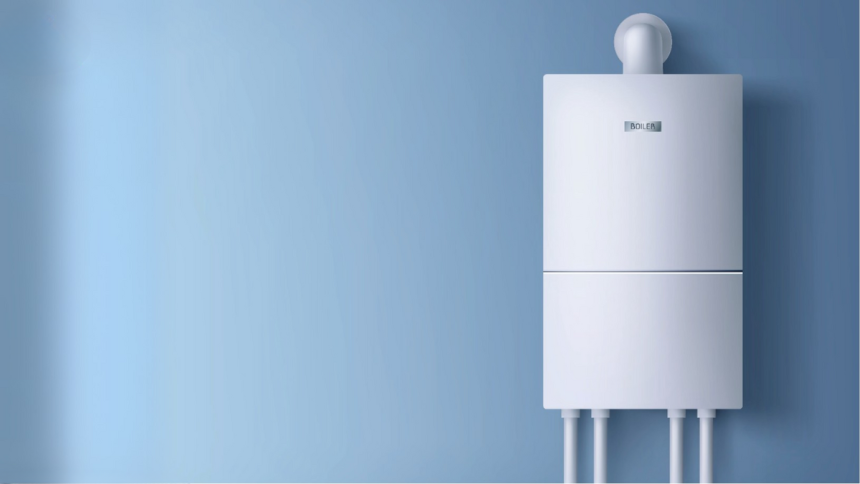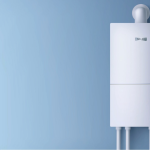Hot water is something we often take for granted—until it runs out or stops working altogether. As someone who’s had their fair share of cold morning showers, I know how frustrating water heater issues can be. In this article, I’ll walk you through the most common water heater problems and offer practical solutions to help you stay warm and stress-free. And if you’re looking for professional help, especially in South Australia, Adelaide hot water repairs are just a call away.
No Hot Water at All
Problem: If you turn on the tap and get nothing but cold water, it’s likely your water heater isn’t heating properly.
Solutions: For gas heaters, check if the pilot light is out. If it is, relight it according to the manufacturer’s instructions. For electric heaters, it might be a tripped circuit breaker or a faulty heating element. Flip the breaker switch, and if that doesn’t work, you may need to replace the element.
Pro Tip: Always turn off the power before opening an electric water heater.
Not Enough Hot Water
Problem: You get hot water, but it runs out quickly.
Solutions: The thermostat settings may be too low. Try increasing the temperature to 120°F. Sediment buildup in the tank can also reduce efficiency, so flushing the tank annually can help. Another possible reason could be that your water heater tank is too small for your household needs. In that case, upgrading to a larger or tankless model might be the solution.
According to the U.S. Department of Energy, heating water accounts for about 18% of a home’s energy use, so an efficient unit is key.
Water Is Too Hot
Problem: Scalding water coming from your taps isn’t just uncomfortable—it’s dangerous.
Solutions: Lower the thermostat on your heater. A safe range is usually between 120°F and 130°F. If adjusting the thermostat doesn’t work, it might be faulty and need replacing.
Discolored or Rusty Water
Problem: Brown or reddish water can be alarming.
Solutions: This may be due to corrosion inside the tank. Replacing the anode rod, which attracts rust and protects the tank, can often solve this. If the discoloration occurs in both hot and cold water, your plumbing may be the culprit rather than the heater. Run only cold water and see if the issue persists.
Strange Noises from the Tank
Problem: Popping, rumbling, or banging noises from your water heater aren’t normal.
Solutions: These sounds usually indicate sediment buildup at the bottom of the tank. The heater has to work harder to heat the water through the sediment, causing those noises. Flushing the tank often helps remove this buildup and restores quieter operation.
Leaking Water Heater
Problem: Water pooling around your heater is a serious issue.
Solutions: Check the source of the leak. If it’s coming from the pressure relief valve or a connection, those parts can usually be replaced. However, if the tank itself is leaking, it’s time for a full replacement, as internal tank damage isn’t repairable.
If you’re based in South Australia, contacting a professional who specialises in Adelaide hot water repairs can ensure the issue is fixed correctly and safely.
When to Call a Professional
While many water heater issues can be resolved with basic troubleshooting, others require licensed professionals. If you’re unsure or uncomfortable handling the issue yourself, don’t hesitate to contact a plumber. Some cities require permits or inspections for water heater repairs or replacements, so it’s always smart to check local codes before doing any major work.
Final Thoughts
Dealing with water heater problems can be stressful, but knowing what to look for—and how to respond—makes all the difference. Regular maintenance, like flushing the tank and checking the thermostat, goes a long way in preventing breakdowns. And when in doubt, a quick call to a professional can save you both time and money.
If you found this article informative, feel free to check out our other articles as well.
Lynn Martelli is an editor at Readability. She received her MFA in Creative Writing from Antioch University and has worked as an editor for over 10 years. Lynn has edited a wide variety of books, including fiction, non-fiction, memoirs, and more. In her free time, Lynn enjoys reading, writing, and spending time with her family and friends.















